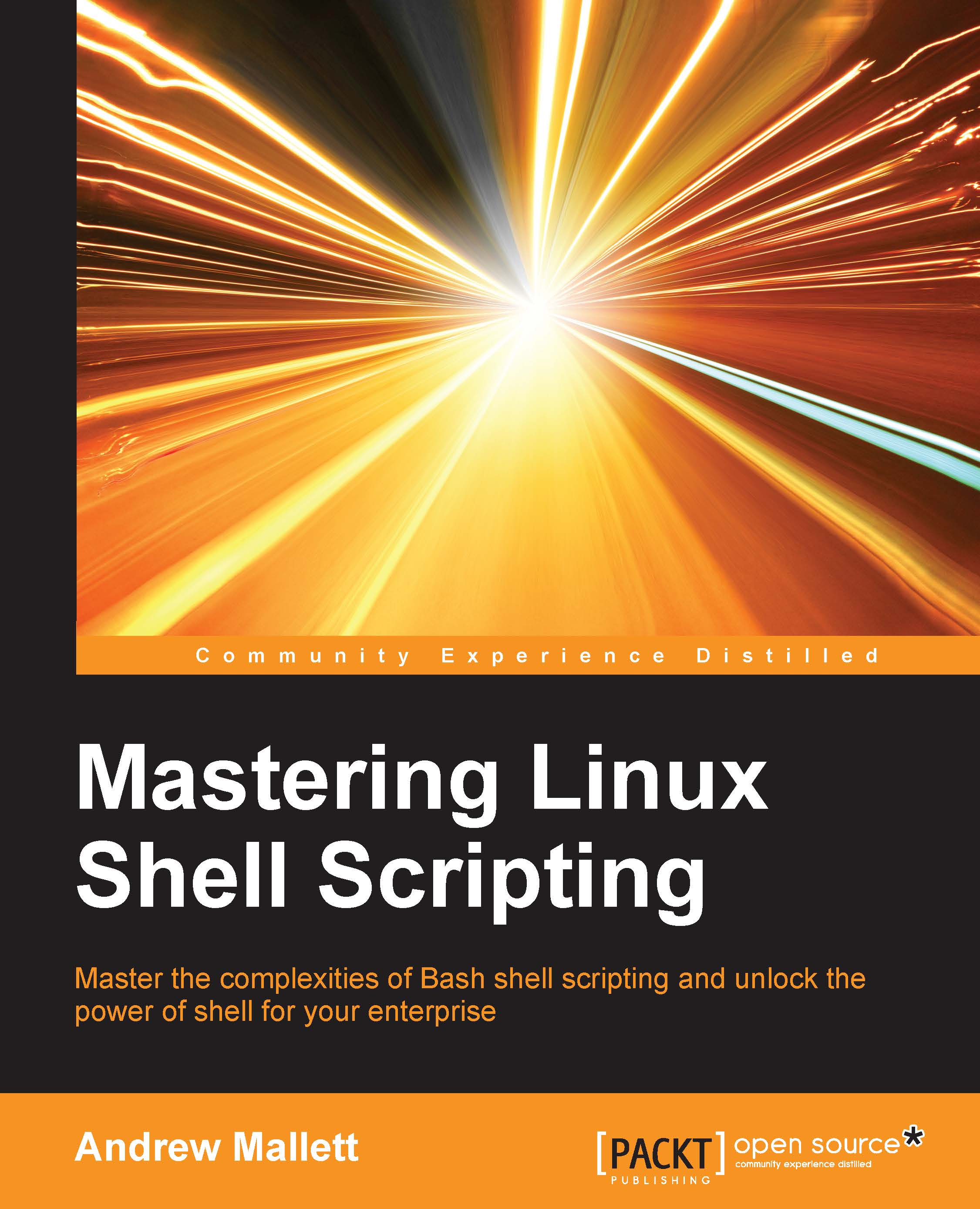Chapter 9. Automating Apache Virtual Hosts
Now that we have seen a little of the stream editor, sed, we can put this knowledge into practice. In Chapter 8, Introducing sed, we became used to some of the capabilities of sed; however, this represents just a small amount of the power enclosed in the editor. In this chapter, we are going to exercise sed a little more and expose ourselves to some practical uses of the tool, especially when using our bash scripts.
In this journey, we will use sed to help us automate the creation of Apache name-based Virtual Hosts. The Apache hosts are practical users of sed that we demonstrated but more importantly, we will use sed to search for selected lines in the main configuration. We will then uncomment those lines and save them as a template. Having created the template, we will create new configurations from it. The concept that we demonstrate with Apache can be applied in many different situations.
We will find that using sed in our shell scripts will allow...
























































